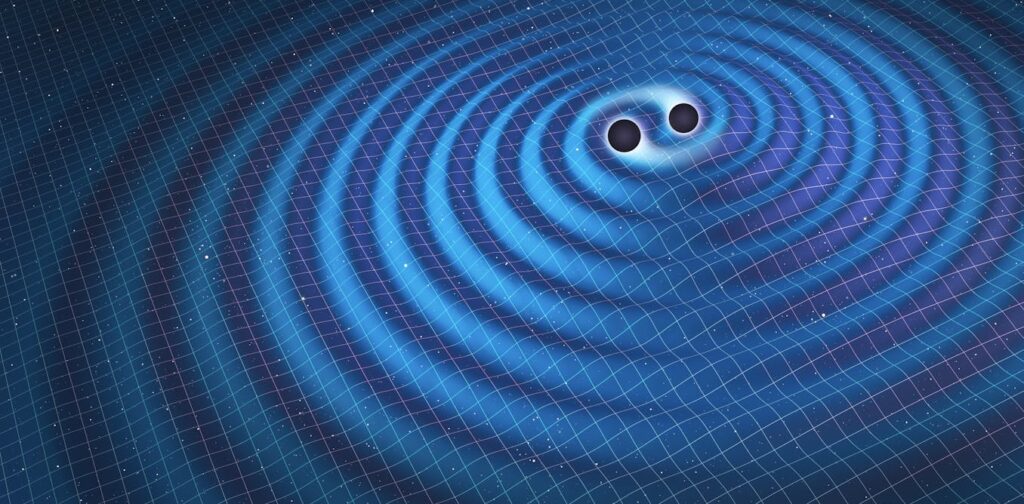
In September 2015, scientists made a groundbreaking discovery that would forever change the field of astrophysics: the detection of gravitational waves. These ripples in spacetime, first predicted by Albert Einstein in 1916, were observed as a result of the merger of two black holes. This discovery marked the end of a century-long quest to validate a key aspect of Einstein’s theory of general relativity.
Two years later, in August 2017, another significant breakthrough occurred when gravitational waves were detected alongside electromagnetic waves from the collision of two neutron stars. This event provided a new dimension to our understanding of the universe, as gravitational waves offered a novel way to observe celestial phenomena that do not emit light.
Fast forward to the summer of 2025, and the LIGO, Virgo, and KAGRA collaboration has achieved yet another milestone. After a period of upgrading their equipment, these observatories have released an updated list of gravitational wave discoveries, offering researchers an unprecedented view of the cosmos.
The Nature of Gravitational Waves
Gravitational waves are ripples in the fabric of spacetime caused by the acceleration of massive objects, such as black holes and neutron stars, which form binary systems. As these objects orbit each other, they dynamically stretch and squeeze the surrounding space, sending waves across the universe. These waves subtly alter the distance between objects as they pass.
Detecting these waves requires extreme precision. The LIGO, Virgo, and KAGRA collaboration operates four observatories worldwide, each equipped with L-shaped arms over two miles long. These arms contain laser light to measure the minute changes in distance between mirrors, changes as small as 10-18 meters, or 0.1% of a proton’s diameter.
“These tiny changes in distance encode a tremendous amount of information about their source,” explains a gravitational wave physicist involved in the research. “They can tell us the masses of each black hole or neutron star, their location, and whether they are spinning on their own axis.”
Recent Discoveries and Their Significance
Recently, the collaboration reported 128 new binary mergers from data collected between May 2023 and January 2024, more than doubling the previous count. Among these discoveries was a neutron star–black hole merger, a system where the black hole is theorized to tear the neutron star apart before consuming it, potentially releasing electromagnetic waves. Unfortunately, no such waves were detected in this instance.
In July 2025, the collaboration announced the detection of the most massive binary black hole merger ever recorded, with a combined mass exceeding 200 times that of the Sun. One of the black holes in this system challenges previous assumptions about the mass limits of black holes formed from stellar collapse.
September 2025 brought the clearest gravitational wave observation to date, a near replica of the first detection from 2015. Thanks to advancements in detector technology, this signal was three times clearer than the original discovery, allowing scientists to confirm that the resulting black hole emitted gravitational waves as predicted by general relativity.
“This recent discovery showed that black holes obey their own laws similar to thermodynamics,” a researcher noted, referencing foundational work by Stephen Hawking and Jacob Bekenstein.
The Future of Gravitational Wave Astronomy
The ongoing fourth observing run by the LIGO, Virgo, and KAGRA collaboration is expected to continue until November, with researchers anticipating over 100 additional discoveries in the coming year. Looking further ahead, new observations beginning in 2028 could increase the tally of binary mergers to as many as 1,000 by 2030, contingent on continued funding and technological advancements.
The implications of these discoveries are profound, offering insights into the universe’s most enigmatic phenomena and challenging existing theories about the nature of black holes and neutron stars. As gravitational wave astronomy continues to evolve, it promises to unlock even more secrets of the cosmos, expanding our understanding of the universe in ways previously unimaginable.







